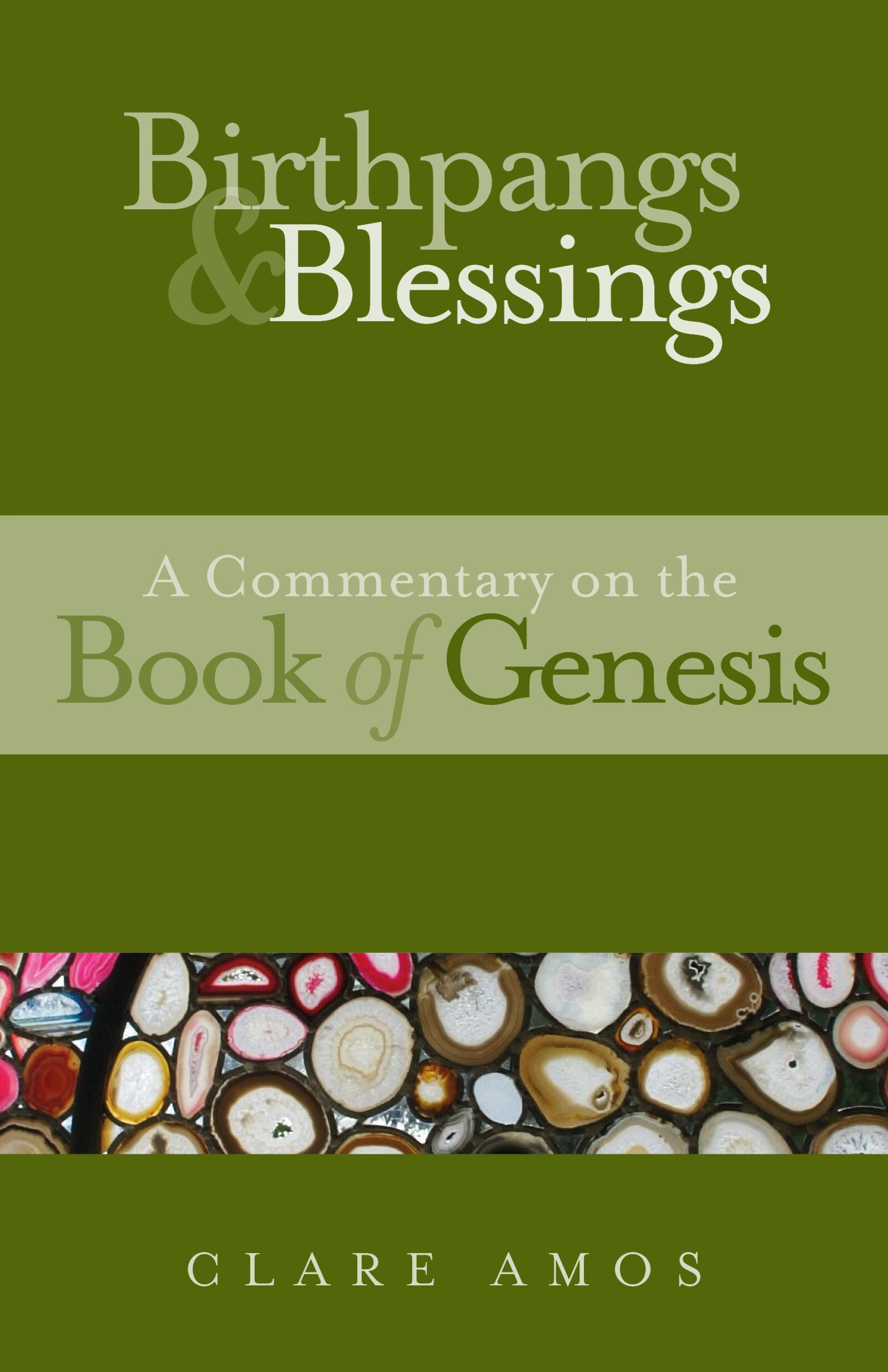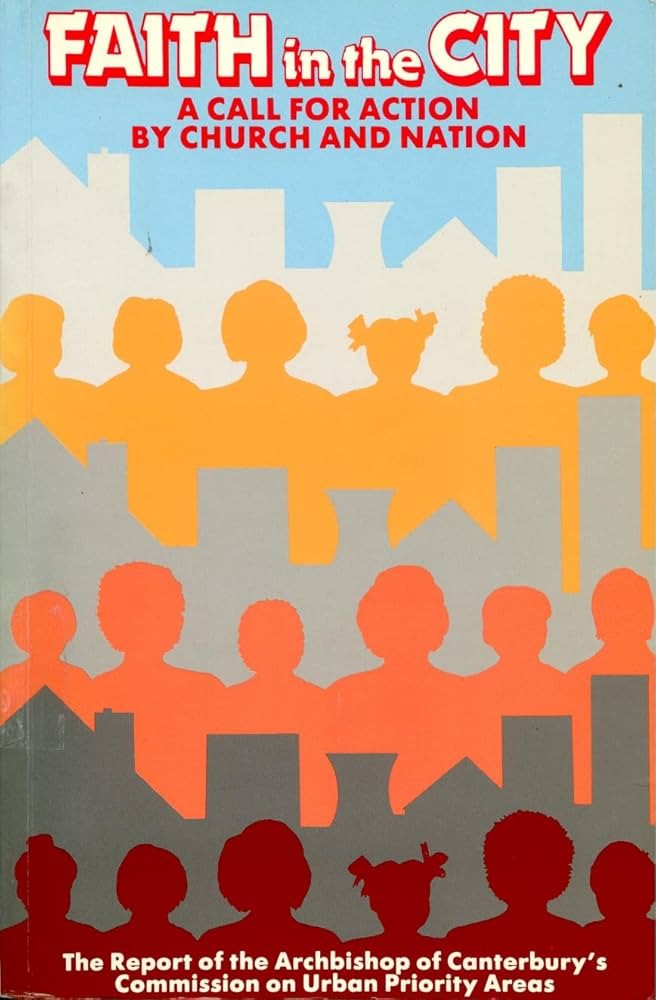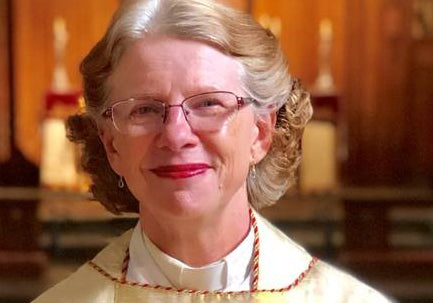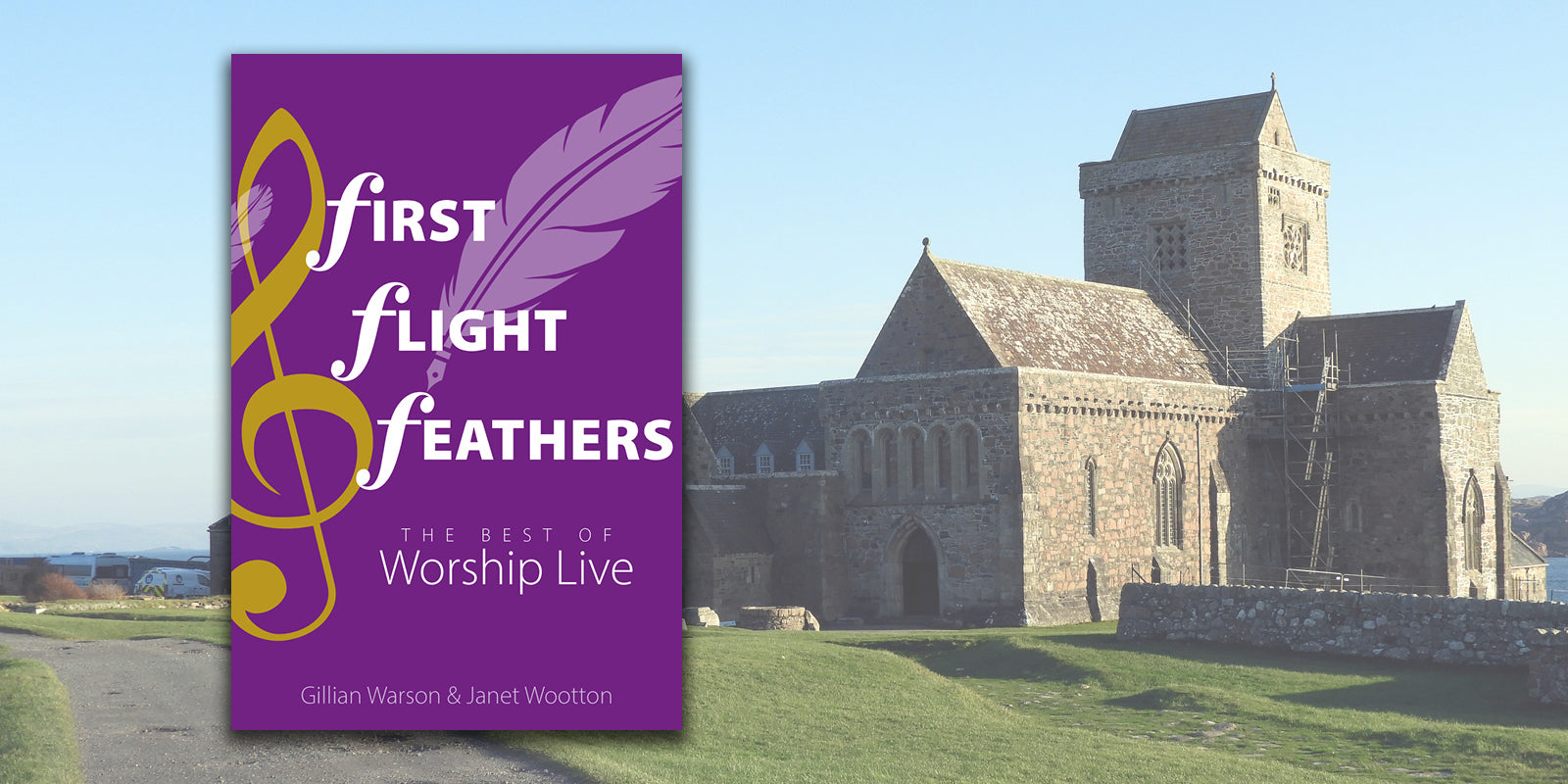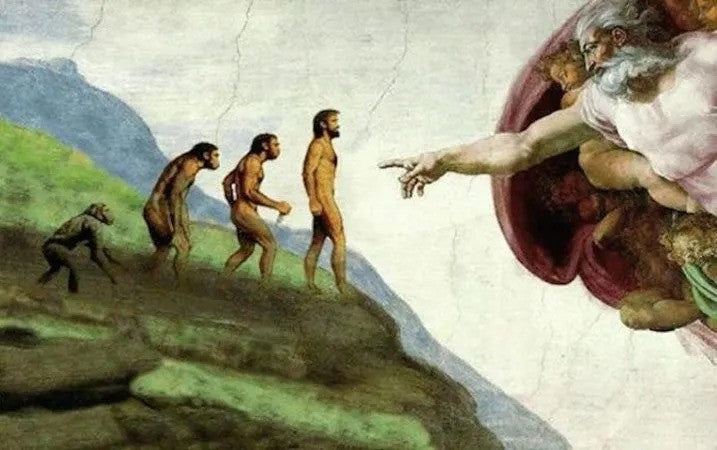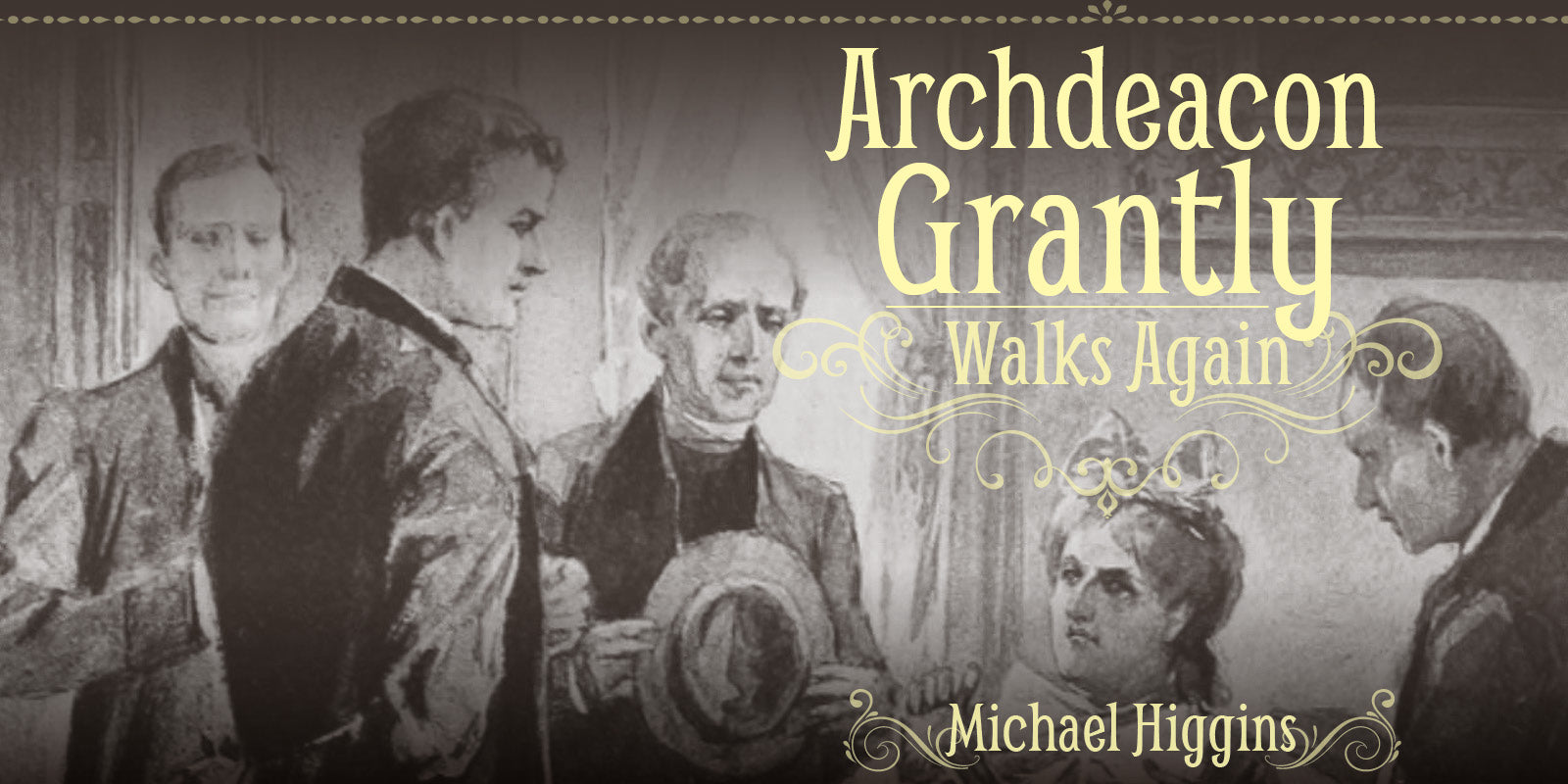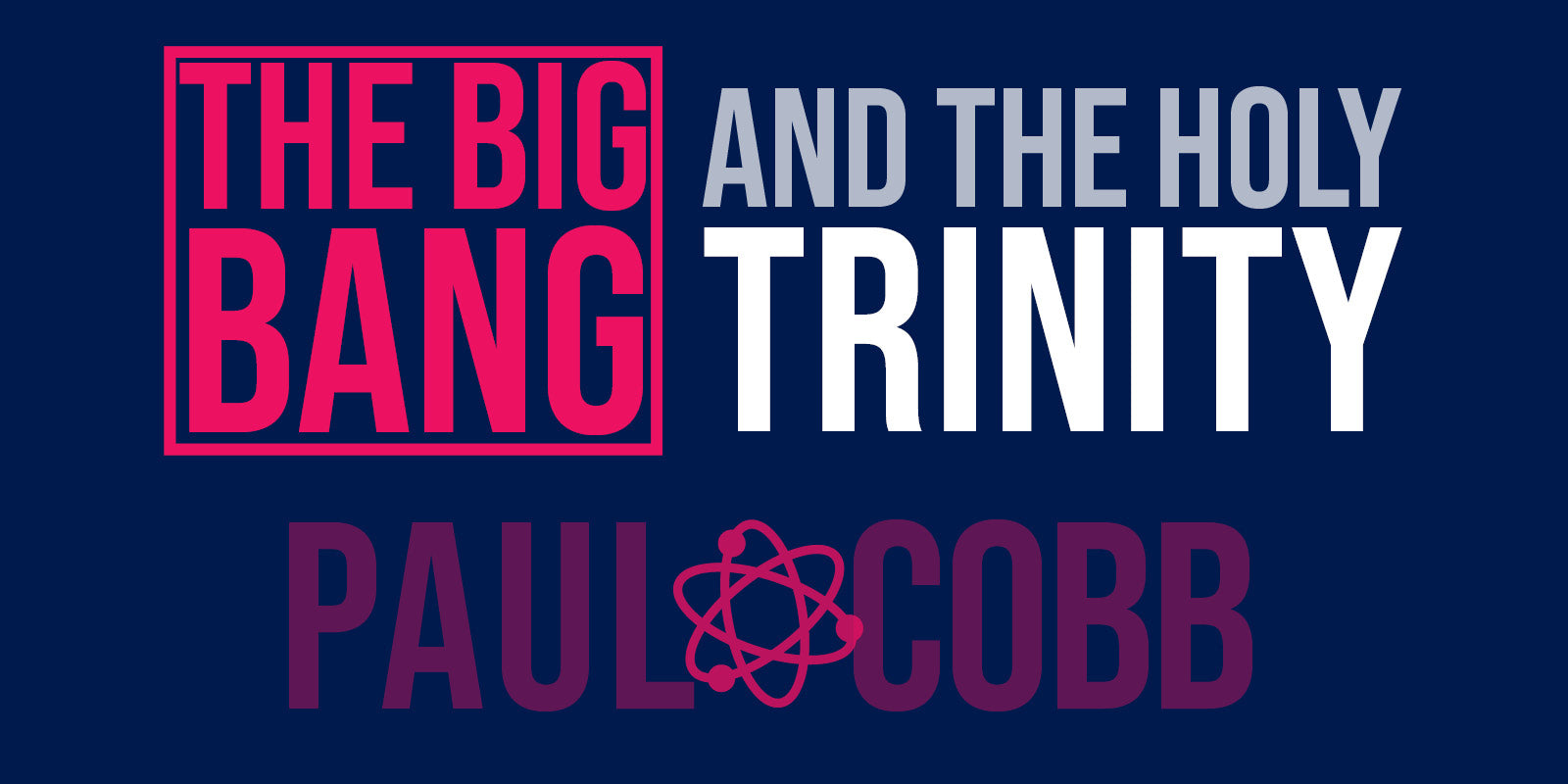GUEST BLOG: Biblical scholar Clare Amos asks why Christian thinking about ecology and the environment draws heavily on the Old Testament, but not so much on the New Testament.
 I am writing this blog post with the Season of Creation in mind. I appreciate the way that in recent years many churches have kept the period from the beginning of September until the Feast of St Francis on October 4 as a time both to celebrate the goodness of creation, and to commit ourselves to caring for it with more seriousness than we human beings have done so far. As each year passes and abnormal temperatures and weather patterns become increasingly the ‘norm’, the sense of the clock ticking towards midnight – unless urgent action is taken – becomes stronger.
I am writing this blog post with the Season of Creation in mind. I appreciate the way that in recent years many churches have kept the period from the beginning of September until the Feast of St Francis on October 4 as a time both to celebrate the goodness of creation, and to commit ourselves to caring for it with more seriousness than we human beings have done so far. As each year passes and abnormal temperatures and weather patterns become increasingly the ‘norm’, the sense of the clock ticking towards midnight – unless urgent action is taken – becomes stronger.
The goodness and well-being of creation was a theme that I drew attention to in the commentary I wrote on the Book of Genesis. This was true both in the initial version published in 2004 by Epworth Press, and in the revised and expanded version published in 2022 by Sacristy Press with the title Birthpangs and Blessings: A Commentary on the Book of Genesis. In the almost two decades between the appearance of the two editions, the profile of the issue had been considerably raised, and that was reflected in the 2022 version
Sometimes of course the Bible, and especially Genesis 1, is actually seen as part of the problem. God’s creation of humanity ‘in the image of God’ in Genesis 1.26 and his blessing of them in Genesis 1.28 with the words, ‘Be fruitful and multiply, and fill the earth and subdue it, and have dominion…’ can be understood in a number of ways. A report by the Church of England Board of Social Responsibility in 1991 refers to ‘stewardship’ and seeks to define stewardship as implying ‘caring management rather than selfish exploitation’. On the other hand James Lovelock has commented very starkly, ‘The idea of human stewardship of creation is “sheer hubris”.’ Certainly it is true that Genesis 1 seems to be written from a perspective that singles out humanity as ‘special’ compared with the rest of creation. It is important to point out that Genesis 1 is not the only Old Testament perspective on the relationship between human beings and creation: even Genesis 2 offers us a rather different picture. Perhaps the biblical book which is the least anthropocentric is the Book of Job, which very definitely offers a challenge to any overinflated ideas that human beings may have about themselves within God’s universe.
But over the years one thing niggled away at me. My perception was that most Christian thinking about ecology and the environment had focused on the Old Testament, and not really drawn on what I would describe as ‘core New Testament theology’. I don’t think I was wrong to feel this: others have noticed it too. ‘To a surprising degree, exegetical discussion of Christianity’s relationship to environmental ethics and practice has been confined within a narrow band of Old Testament texts. In fact the scriptural site of this debate rarely extends beyond the creation stories and “dominion over the earth” language clustered in those first two chapters of Genesis. Even fewer New Testament passages have attracted serious reflection on the topic.’ (John Gatta, The Transfiguration of Christ and Creation)

But there is one New Testament passage that Guridi does not draw on which offers additional insights. That is the account of Jesus’ transfiguration. The story is told in the Synoptic Gospels and the motif underlies the theology of the Gospel of John. Once again the word ‘good’, which echoes repeatedly through Genesis 1 makes a reappearance, ‘It is good, Lord, to be here’. Interpreters who have seen in this biblical story the motif of new creation are not wrong to do so. Partly under the influence of Ecumenical Patriarch Bartholomew, Eastern Orthodox Christians have rightly come to see in the transfiguration vital threads which invite us to understand our care for creation as an expression of self-sacrificing love, a love modelled for us by ‘the beloved Son’ who went down the mountain to journey up towards Jerusalem and the cross.
I wrote this reflection in the week in which the Feast of the Transfiguration fell, on August 6. That is of course the same date as the dropping of the first atomic bomb on Hiroshima in 1945. There has been considerable reflections on the strange congruence: the radiance of Christ’s transfiguration set against the disfiguring radiance of the bomb – with its effects not only on human beings but the wellbeing of our world.
To return finally to Genesis. A careful reading of Genesis 6-9 makes it clear that the story of the flood is told partly as a dissolution and remaking of creation. The ‘rainbow covenant’ – which draws in all living beings - with which the narrative concludes, makes it very clear that the God of Genesis has now handed over to his human partners the care and cherishing of our world. This is our blessing and our bane.
Clare Amos is the author of Birthpangs and Blessings, a commentary on the book of Genesis available now in paperback and e-book from Sacristy Press.
Image: Adobe Stock

